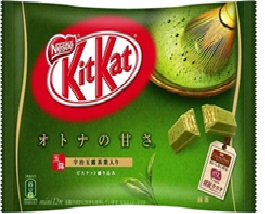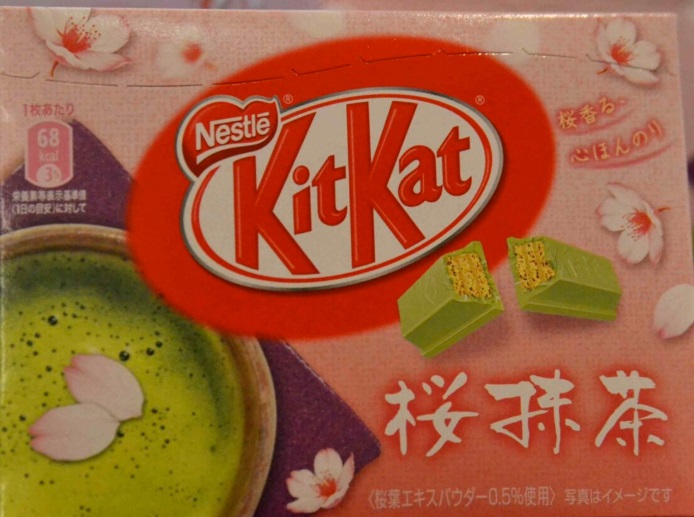Like many other countries, Japan celebrates Valentine’s Day on February 14th. However, unlike Western countries, Japan celebrates Valentine’s Day in a different way. Instead of men giving gifts or exchanging gifts or cards with each other, on Japanese Valentine’s Day, primarily women give chocolates to men. This unique tradition of Japanese Valentine’s Day highlights the cultural significance of chocolates in expressing affection.
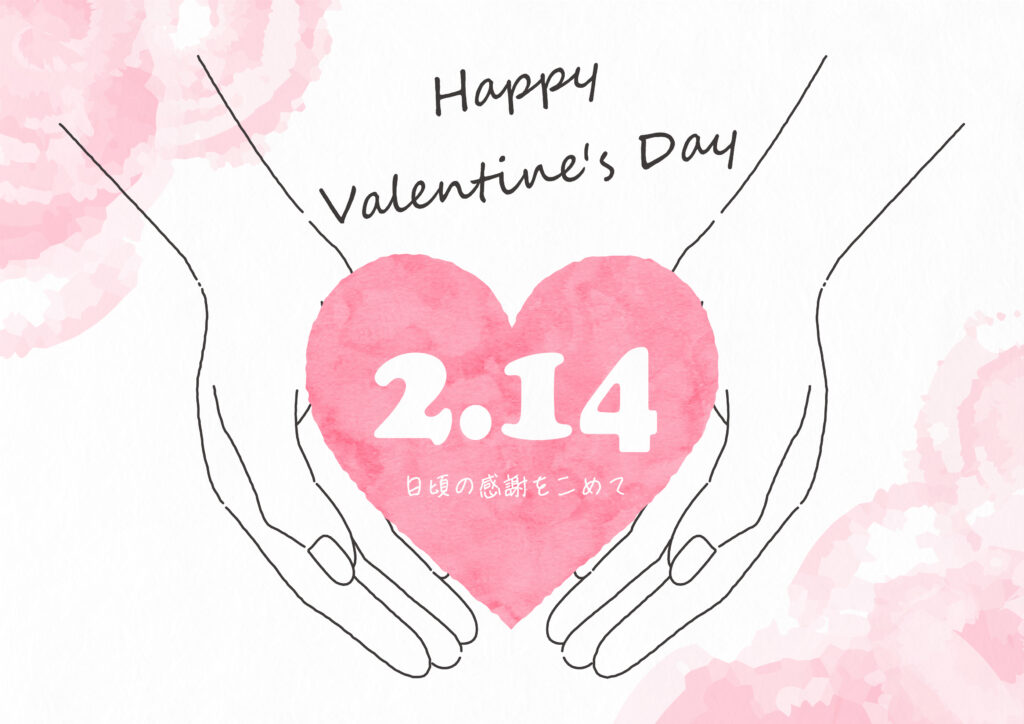
Are you curious why and how did it start?
Like many other countries, Japan celebrates Valentine’s Day on February 14th. However, unlike Western countries, Japan celebrates Valentine‘s Day in a different way. Instead of men giving gifts or exchanging gifts or cards with each other, on Japanese Valentine’s Day, primarily women give chocolates to men.
Are you curious why and how did it start?
Origin of Japanese Valentine’s Day
Morozoff, a Kobe-based confectionery company (https://www.morozoff.co.jp/en/), introduced Valentine’s Day to Japan in 1936. Morozoff ran an English-language advertisement in a Japanese newspaper, promoting Valentine’s Day as a day to gift chocolates—targeting foreign residents in Japan.
However, the idea didn’t immediately catch on.
In February 1958, a chocolate company, Mary Chocolate Co.,Ltd. (https://www.mary.co.jp/mary/) was selling chocolates for the Valentine’s Day. Although they sold only a few bars of chocolatesand Valentine’s message cards that year, in the next year, they sold heart-shaped chocolate bars, marketing Valentine’s Day as a day for women to give chocolates to men whom they like. By the 1970s, the custom became widely accepted, evolving into Japan’s unique tradition of women giving chocolates mainly as a way for women to express feelings to men on February 14.
Around the 1970s, there was a transition in marriage style in Japan. Until the end of 1960, marriage partners were decided by the agreement of their parents, but couples started to choose their partners freely by themselves in the 1970s. The change in the social background made women embrace Valentine’s Day as a day to express their love. This is how the Japanese way of celebrating Valentine’s Day came to be established.
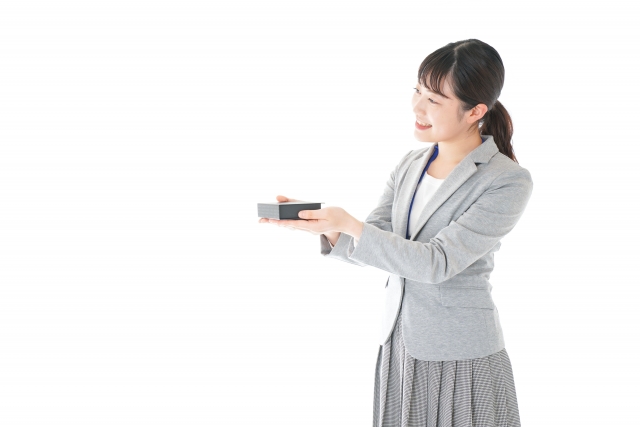
Therefore, Japanese Valentine’s Day evolves alongside shifting societal norms and economic trends.
What is Giri-choco?
Around the 1980s, the courtesy-chocolate (giri-choco) trend emerged, where women gave chocolates to male coworkers, bosses, and acquaintances as a social courtesy, not necessarily out of romantic feelings. In Japan, there is a gift-giving culture where people express gratitude and appreciation to those who have helped them throughout the year, such as ochugen or oseibo. So, society could easily accept the idea of giri-choco culture.
First, teens and preteens jumped on the giri-choco trend. Gradually, the trend spread to other age groups and became popular nationwide.
https://livinginjapan.net/2019/07/00373/ (What is Ochugen and Oseibo?)
Recent Valentine’s Day giri-choco Trend in Japan
The spending on Valentine’s Day chocolates peaked around 2019 or 2020 and then declined recently. According to a survey on Valentine’s Day, chocolate sales in February have decreased since 2020, probably affected by COVID-19 stay-at-home orders. Another study conducted this year showed that nearly 80% of people would spend the same or more on their Valentine’s gift than in previous years, despite the recent price surge. However, 70% of the respondents replied they would not give any gifts to their co-workers (such as giri-choco) and buy gifts only for their spouse or partner (64.3%) or their children (28%). It seems that remote work trends and price hikes impact giri-choco culture.
In addition, perceptions of Valentine’s Day might have been changed. In a recent online survey, the majority of the women replied that Valentine’s Day is a day to express appreciation to people around them (70%), 45% think it is a day to enjoy eating chocolates, and 35% reply it is a day to express their feelings.

Sweet Strategies of Japanese Confectionary Companies
The White Day
Following the Valentine’s Day chocolate sales, the confectionary industry in Japan created another event to boost sweet snacks: White Day, which is on March 14, one month after Valentine’s Day. It originated in the late 1970s as a response to Valentine’s Day, which is the day women give chocolates to men.
Origins of the White Day
As to when and who created the White Day, several confectionaries insist they started first; therefore, it is unclear. I want to share one of such confectionaries’ story here. In 1977, a Japanese confectionery company called Ishimuramanseido in Fukuoka proposed the idea of a “Marshmallow Day,” where men could return the favour by giving marshmallows to women. The president of the company came up with the idea of White Day when he was browsing a girl’s magazine to look for a hint for a new product and found a comment from a girl complaining that there should be a return gift from men whom she gave chocolate on Valentine’s Day.
In Japanese culture, giving a return gift is known as “okaeshi.” It is a deeply ingrained custom that reflects gratitude, politeness, and social harmony. Okaeshi is practised in various situations, from weddings to business gifts and even in daily life.
Upon seeing this complaint, he thought about creating an annual event to give marshmallows as a return to chocolate on Valentine’s Day. After discussing with a department store that he proposed the new business idea, they decided to start a new event, the Marshmallow Day, on March 14, as the day that men return to women for the chocolate gift on February 14. However, the Marshmallow Day sale did not go well for a while, and finally, the department store suggested that more different types of products should be sold for the event on March 14, and the name was changed to White Day, from the colour of marshmallow.
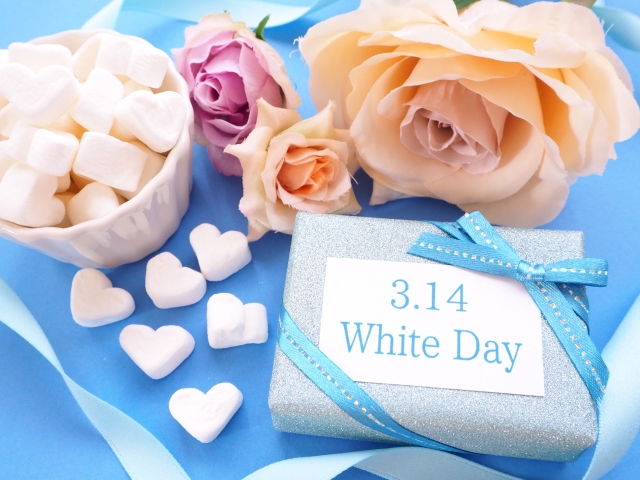
After the name change, the White Day became well recognized in the public, and other industries, not only confectionery companies, joined the White Day. Department stores sell a variety of White Day gifts, such as white chocolates, cookies, marshmallows, jewellery, or even luxury items.
According to a 2016 survey of one department store, 33% of the men would spend the equivalent amount of the Valentine’s gift they received on their return. The 27% responded they would give a gift worth two times the value of what was received, then the 25% planned to prepare a gift worth 1.5 times the value. Another survey in 2017 showed that the most preferred White Day gifts by women were accessories such as earrings or necklaces, followed by sweets.
White Day created a large market and brought sales of around 75 billion yen in 2014; however, in line with the decline of Valentine’s Day’s giri-choco culture, White Day sales have recently shrunk.
The White Day has since spread to other East Asian countries, such as South Korea, China, and Taiwan. It’s a great example of how a marketing campaign became a cultural tradition!
History of Chocolates
Now chocolates are a popular snack all over the world. But how much do you know about chocolates?
Chocolate has a long and fascinating history, dating back over 4,000 years. It has evolved from a sacred drink of ancient civilizations to the sweet treat we love today.
The Mayans and Aztecs, who lived in parts of modern Mexico and Central America, considered cacao a sacred drink. The word ‘cacao’ has its roots in their language.
In 1519, Spanish explorer Hernán Cortés encountered the Aztecs and brought cacao back to Spain. Chocolate was originally drunk as medicine and for nourishment, but the Spanish did not favour the Aztecs’ unique drink. So, they sweetened the chocolate with honey. The sweet chocolate surprised and impressed the Spanish aristocracy. Chocolate became a secret luxury of the Spanish elite.After sugar gradually became widespread, sugar was added to chocolate.
Spain kept the existence of chocolate a secret for more than 100 years, but it was finally introduced to Italy around 1600, then to France and England. Chocolate gained popularity in the Europe and in 1657 the first chocolate house opened in London, similar to modern cafés. The Industrial Revolution in the 18th century made chocolate production faster, making it more affordable.
When did the first chocolate arrive in Japan?
Chocolate was introduced to Japan during the Edo period (1603-1868). According to the record, chocolate was brought to Japan in 1797 by a Dutch man who visited Dejima (Nagasaki prefecture) for trading. Japan closed the country during the Edo period, and Dejima served as a trading post for the Portuguese and the Dutch (1641–1858).[, which was a window for trade with foreign countries (the Netherlands and China).
Benefits of Chocolates
Studies have found that chocolate has many health benefits. It contains various nutrients, including cocoa polyphenols, protein, dietary fibre, and iron.
Chocolate, especially dark chocolate with a high cocoa content, contains flavonoids and polyphenols. These remove reactive oxygen species (ROS) that protect cells from damage. Antioxidants help fight oxidative stress, reducing the risk of chronic diseases.
Flavanols in chocolate improve blood flow to the brain, enhancing memory, focus, and cognitive function. Chocolate’s antioxidants can also help protect the skin from sun damage and improve skin hydration. They also promote better blood circulation, giving the skin a healthy glow.
Chocolate may help improve your mood. It stimulates the release of endorphins (happiness hormones), reducing stress and anxiety. Cacao in chocolate contains tryptophan, which helps produce serotonin, a natural mood booster. Chocolate also contains small amounts of caffeine, which can be a natural energy boost.
In addition, chocolate has several health benefits. Theobromine, an ingredient in chocolate, helps expand capillaries and improve blood flow, which is helpful for health and recovery from fatigue.
The polyphenols in dark chocolate can help lower blood pressure and improve blood circulation. They may reduce LDL (bad cholesterol) and increase HDL (good cholesterol), lowering the risk of heart disease.
Prebiotics in chocolate, which feed the beneficial bacteria in your gut, promote a healthy digestive system.
Which chocolate is the healthiest?
To maximise the above health benefits, dark chocolate (70% cocoa or higher) is the best. It is rich in flavanols, antioxidants linked to a lower risk of heart disease. Milk Chocolate has some benefits, but it contains more sugar and fat. White Chocolate is the least healthy among these chocolate types, as it lacks cocoa solids, while it is rich in calcium and safer to consume before bedtime due to zero caffeine content.
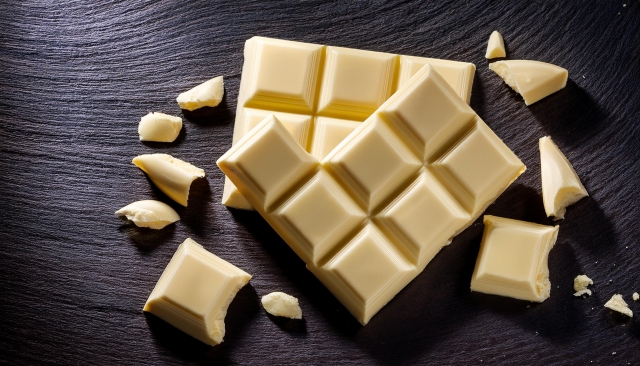
https://health.clevelandclinic.org/dark-milk-or-white-which-chocolate-is-best-for-your-heart (‘Dark, Milk or White – Which Chocolate Is Best for Your Heart?’ Cleaveland Clinic, May 20, 2021)
There is a unique study regarding the influence of the texture of milk chocolate on emotion. According to this study, eating milk chocolate, especially smooth milk chocolate, improves our mental well-being! https://www.jstage.jst.go.jp/article/jjske/advpub/0/advpub_TJSKE-D-24-00009/_article/-char/ja
Japanese Chocolates
Japanese chocolates have a smoother and creamier texture, often melting quickly in the mouth. They also have unique ingredients and variants.
Chocolate companies release regional and seasonal specialities:
Regional Specialities
Tokibi chocolate is a confectionery made of chocolate coated with corn puffs made from maise. Tokibi is the regional name for corn. It is a popular souvenir in Hokkaido because of the puffs’ light texture and gentle sweetness.
Royce’ Nama Chocolate is known for its soft texture of chocolate blended with fresh cream. It is made with the highest-quality ingredients.
*Nama chocolate is chocolate ganache that is rich, smooth and melts in your mouth. The word “nama” means “raw” or “fresh” in Japanese, referring to its high moisture content from added fresh cream.

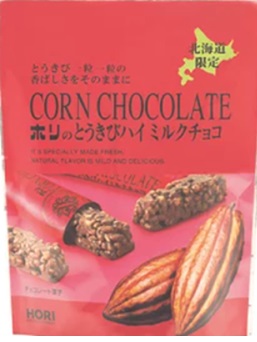
Nestlé Japan’s Kit Kat sells various unique flavours, such as Matcha (green tea), Hojicha (Roasted Green Tea), Sake etc.:
Matcha (Green Tea) – The Kyoto Uji Matcha flavor is a global favorite, with its rich and slightly bitter green tea taste.
Sakura Matcha – A blend of floral cherry blossom and earthy matcha, offering a delicate, slightly sweet flavor.
Hojicha (Roasted Green Tea) – A roasted tea flavor with a smoky, caramel-like aroma.
Sake – This mild alcoholic flavor has intrigued European chocolate lovers, especially those who enjoy novelty sweets.
Apple – inspired by Shinshu apples from Nagano, Japan, which are known for their perfect balance of sweetness and tartness.,
If you’re interested in purchasing Japanese chocolate snacks, including those featured in this blog, please reach out to us via Messenger or email at [email protected]. We can provide the information you’re looking for. We also appreciate your questions and opinions!
